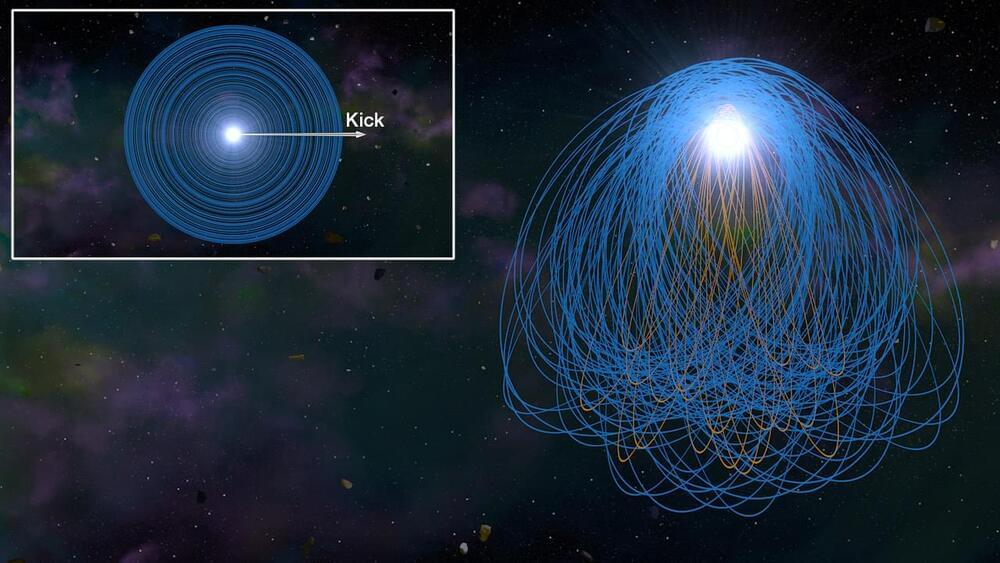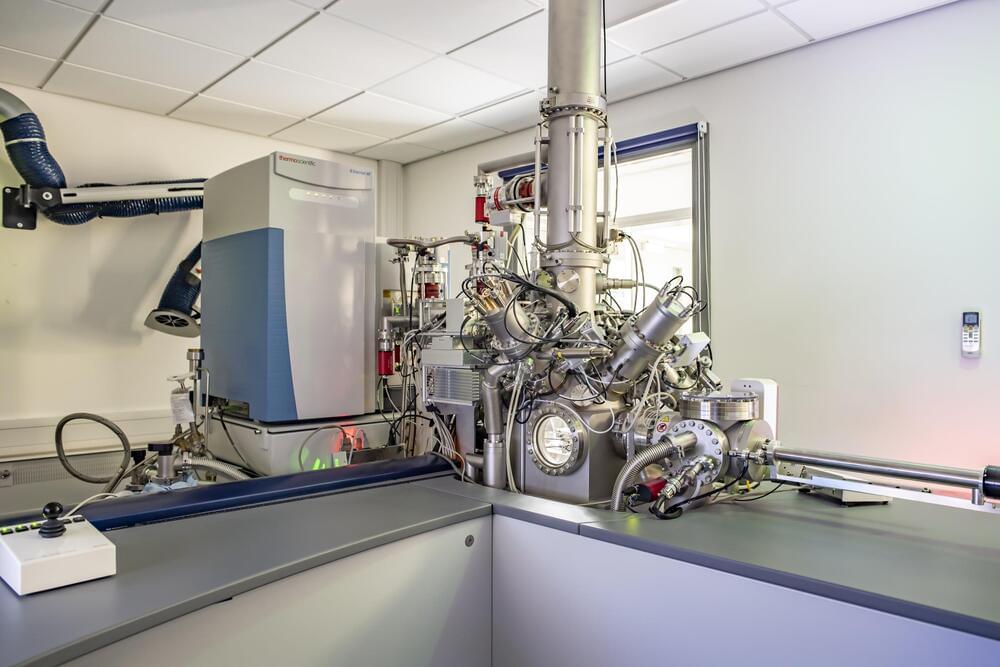Diamonds are famously formed under high pressure and temperature, which is partly why they’re so valuable. But now, scientists have created diamonds in a lab under regular pressure in just 15 minutes.
Diamonds are basically just plain old carbon that’s been put under immense pressure and temperature, causing the atoms to crystallize into a particular structure. On Earth, the only place with the right natural conditions is deep in the mantle, hundreds of miles down. Only later are they brought closer to the surface, hitching rides in volcanic eruptions, which makes them pretty rare. Couple that with some of the most insidious marketing in history, and you’ve got a highly sought-after little rock.
Scientists have been growing diamonds in labs for decades, but it usually still needs those extreme conditions – almost 50,000 atmospheres of pressure, and temperatures of about 1,500 °C (2,732 °F). But a new technique has now produced diamonds under normal pressure levels and cooler temperatures.






